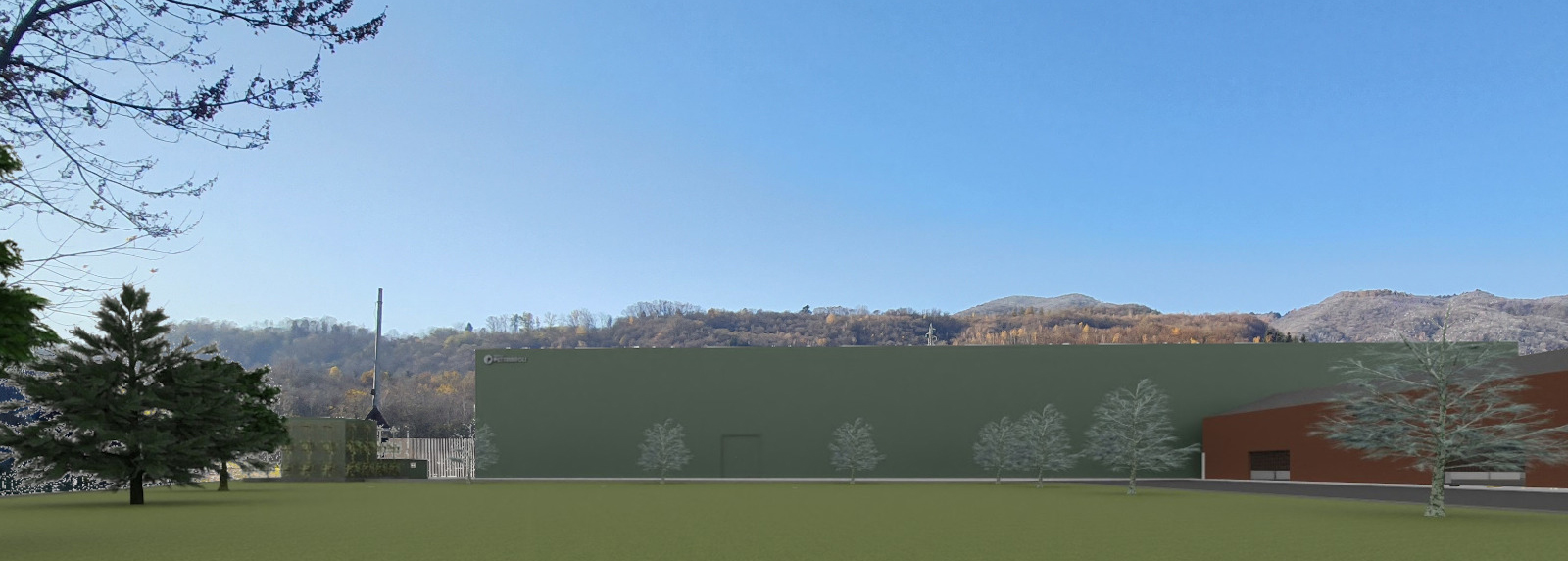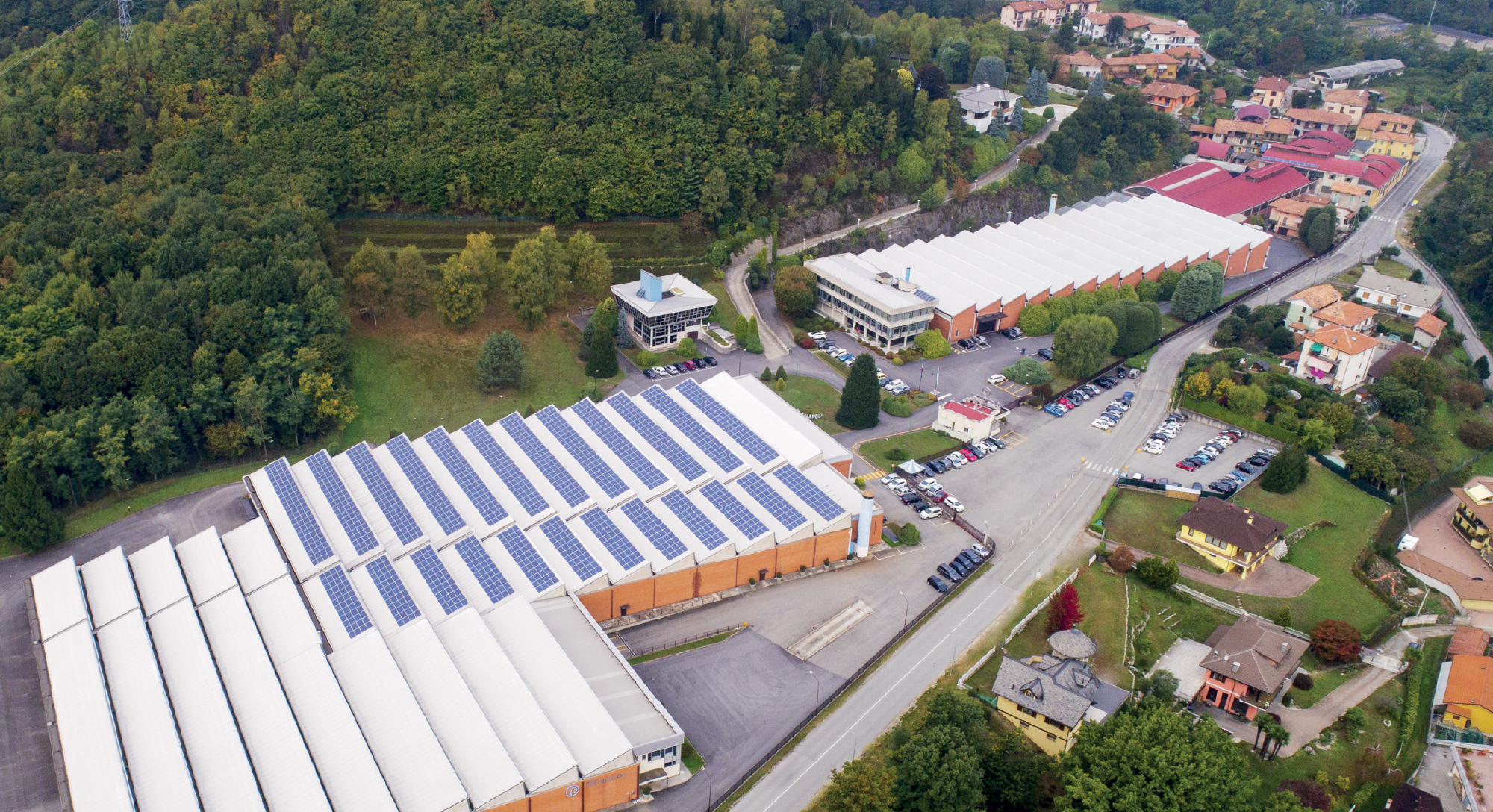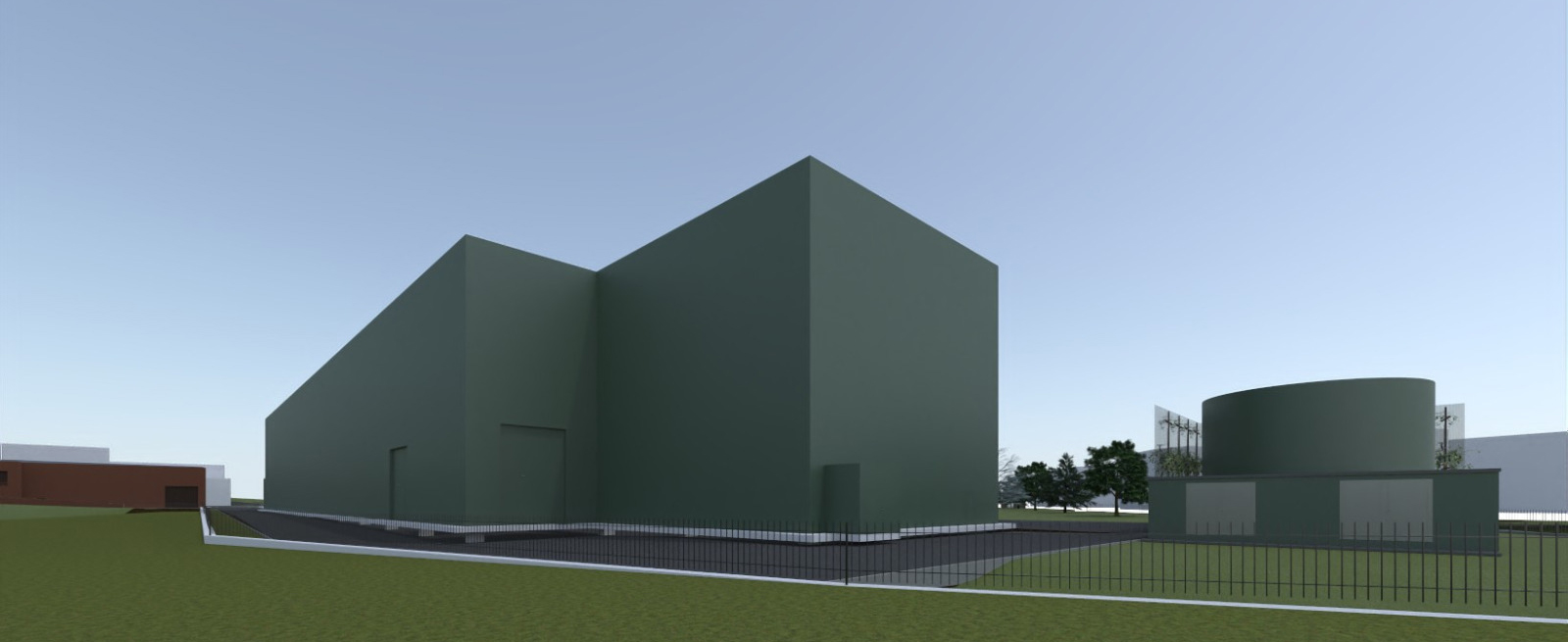Pettinaroli expands storage capacity to increase delivery efficiency and security and to reduce production’s overall environmental footprint.
Gentle warehouse construction in Northern Italy

Fully automatic warehouse reduces the environmental footprint
A large, fully automated warehouse is taking shape in the mountainous area around Pettinaroli’s headquarters in Northern Italy. The warehouse will house the many new and updated plumbing products that Pettinaroli has launched in recent years. Especially the interest in lead-free brass alloys and increasing demand for more environmentally friendly plumbing products have made it necessary to expand production with more modern production lines.
With the increased storage capacity, we can increase our already high delivery reliability and optimize inbound and outbound transport and production batches, so that overall we reduce the environmental footprint of production to a minimum.
More space for storage and solar panels

Gentle warehouse construction
It is not only production that must be more environmentally friendly. It has been very important to the Italian family Pettinaroli that the construction itself must also be as gentle on the environment as possible.
The large warehouse will be located close to the beautiful Lago Orta, so the local authorities set high standards for the building’s design and interaction with the landscape. The color of the building in particular has been an important issue. The choice fell on a dull green, so that the building blends in with the Alps behind and almost disappears into the landscape.


